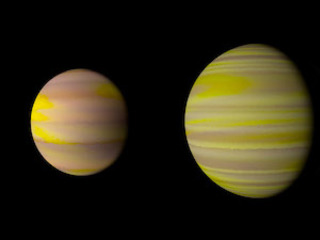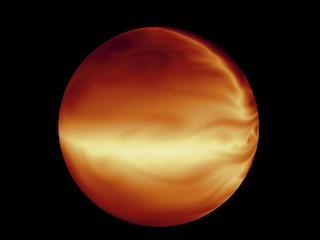Planets: Teegarden's Star b and c
Discovered by: An international team of astronomers using the CARMENES spectrographic instrument at the Calar Alto Observatory in Spain.
Date: June 12, 2019
Key facts: Two new planets were detected orbiting Teegarden's Star, an ultracool, red dwarf less than 13 light-years away. At a minimum, the new planets both weigh in at about 1.1 times the mass of Earth.
Details: These planets, among the "lightest" found so far in orbit around other stars, were detected using the wobble method – watching for subtle motions in the star as orbiting planets tug them one way, then another.
The star itself could be 8 to 10 billion years old, or roughly twice the age of our Sun.
Although the heft of the two planets is comparable to Earth's, their other characteristics are unknown. Planet b, which completes one orbit around the star (a "year") in just under five days, might be habitable despite its close proximity to its star. But Planet c, with an orbit of about 11-1/2 days, falls "comfortably" within the star's habitable zone, or the distance from the star that could allow liquid water on the planet's surface.
What's next: These planets might be prime targets for future follow-up with the next generation of large, ground-based telescopes, which could reveal more of their properties.












